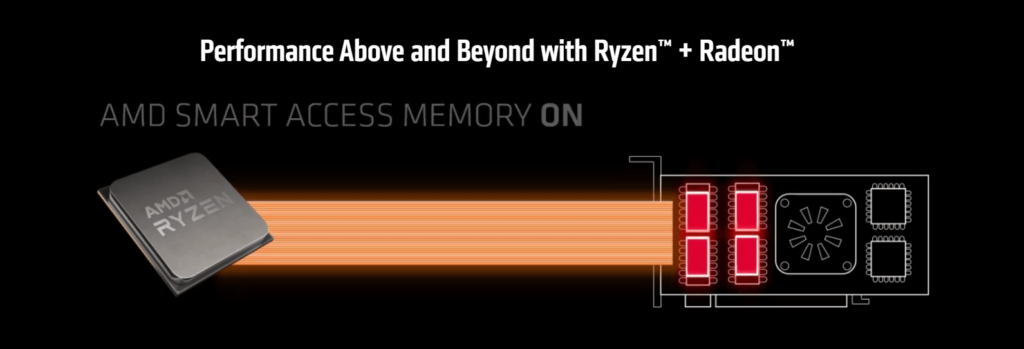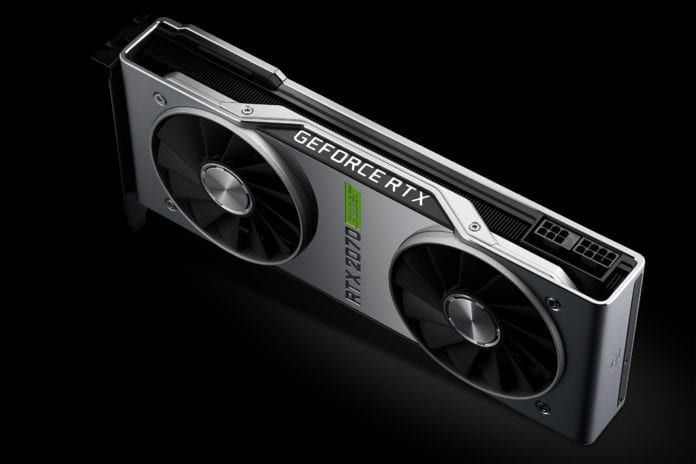In a statement to technology YouTube channel GamersNexus, NVIDIA has stated its intentions of releasing a competitor, or a substitute to AMD’s newly-announced Smart Access Memory (SAM) Technology. AMD’s SAM Technology was announced with their Radeon RX 6000 Series of graphics cards, which in turn were launched just after AMD’s Ryzen 5000 CPUs. The technology will utilise both these newly-released pieces of gaming hardware to share their cache memory to increase performance in gaming applications by reducing latency, caused by memory overheads.
It is obvious that NVIDIA has tested and is developing this after seeing AMD’s preview and their claims about increased performance across many titles, and like AMD, they are using the “bandwidth of PCI Express” to enable their alternative to SAM. This feature is known as Base Address Register, and like Smart Access Memory, it will let the CPU access the full GPU frame buffer via PCI Express specifications. According to Gamers Nexus’ coverage, NVIDIA will be adding these to their new Ampere GPU series (RTX 3000 series GPUs) via software updates in the future, telling users to “stay tuned”.

NVIDIA’s SAM Could be Platform-Agnostic and PCIe 3.0 Compatible
Since AMD has both CPUs and GPUs in their product portfolio, they can work on technology that constrains you to their products only, in order to use them. And since NVIDIA’s GPUs may be used with both Intel and AMD chips, their technology requires platform-agnosticism to be able to reach all users. NVIDIA has thus planned their technology to work with Intel as well as all AMD motherboards that are specified by AMD to support Smart Access Memory, assuming there is no opposition from them for NVIDIA having that their technology working with AMD CPUs. This is the opposite of what we saw with NVIDIA G-Sync and AMD FreeSync technologies, where NVIDIA released the proprietary technology, while AMD’s was platform-agnostic, and open-source, in fact.
NVIDIA claims that their testing on Intel’s Z490 platforms has yielded positive results that are consistent with AMD’s performance claims. Also, yes, since it is Z490, it will support PCIe 3.0 as well as 4.0. It will be interesting to see how these two competing technologies are developed to compete with each other, and are a decent increase to the standard performance levels of the GPUs they are compatible with.


